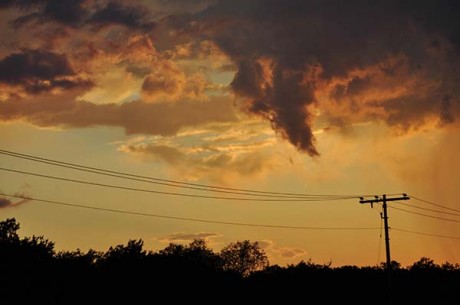Why not bury all power lines underground?

In many cases, electric cooperatives place power lines underground in places where new construction is under way, such as in new housing developments. Aesthetics is the main reason power lines are buried in new construction projects, and they do fail less frequently than overhead lines, but underground lines are not without problems.
Although technologies have improved in recent years, when problems occur on underground services, they take longer to find and fix than problems on overhead lines. Additionally, the cost of installing underground cable is much higher than building overhead lines.
Underground services have about half the expected life of equivalent overhead lines, and they are much more expensive if they need to be replaced. Replacing 30-year-old underground cable can cost about three times what it costs to maintain overhead lines over 30 years.
While it may make sense to go underground with power lines in new developments, replacing existing overhead lines in developed areas is not usually a financially feasible option. It's costly to install lines in a way that minimizes disruption to residents and businesses. Replacement means disturbing existing landscaping and boring under existing driveways. The work can cause accidental damage to other utility lines such as cable, phone or water.
Also, underground power lines can be damaged accidentally by crews working on other underground utilities or building projects.
Today, overhead lines are still more affordable to construct, repair and maintain. They're more accessible for inspections, maintenance and repair. Damage and faults on overhead lines can be visually identified, and repairs are usually made quickly Those factors come into play prominently when bad storms and hurricanes strike and crews need to quickly find and fix problems.
-
Share this story:

